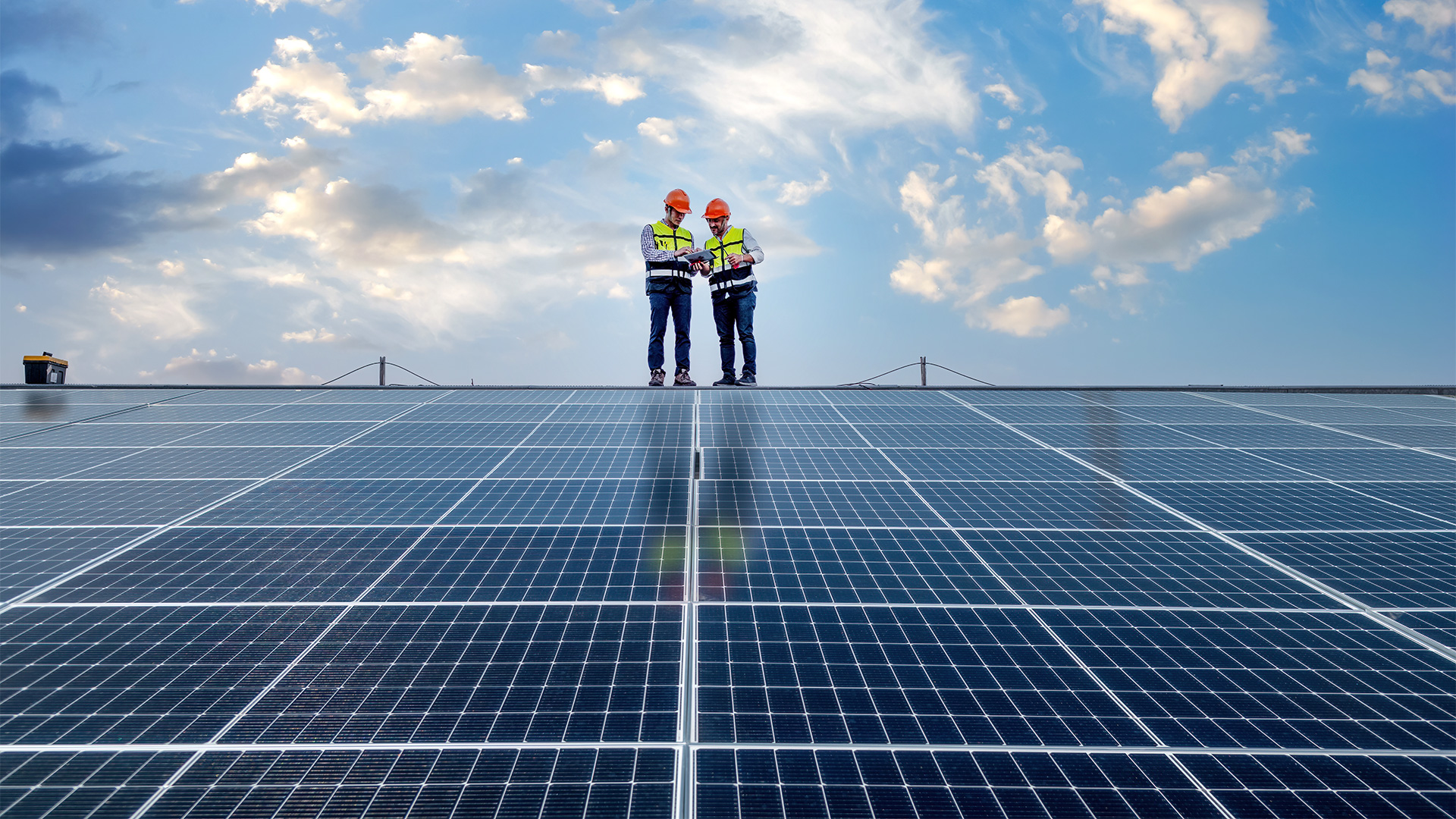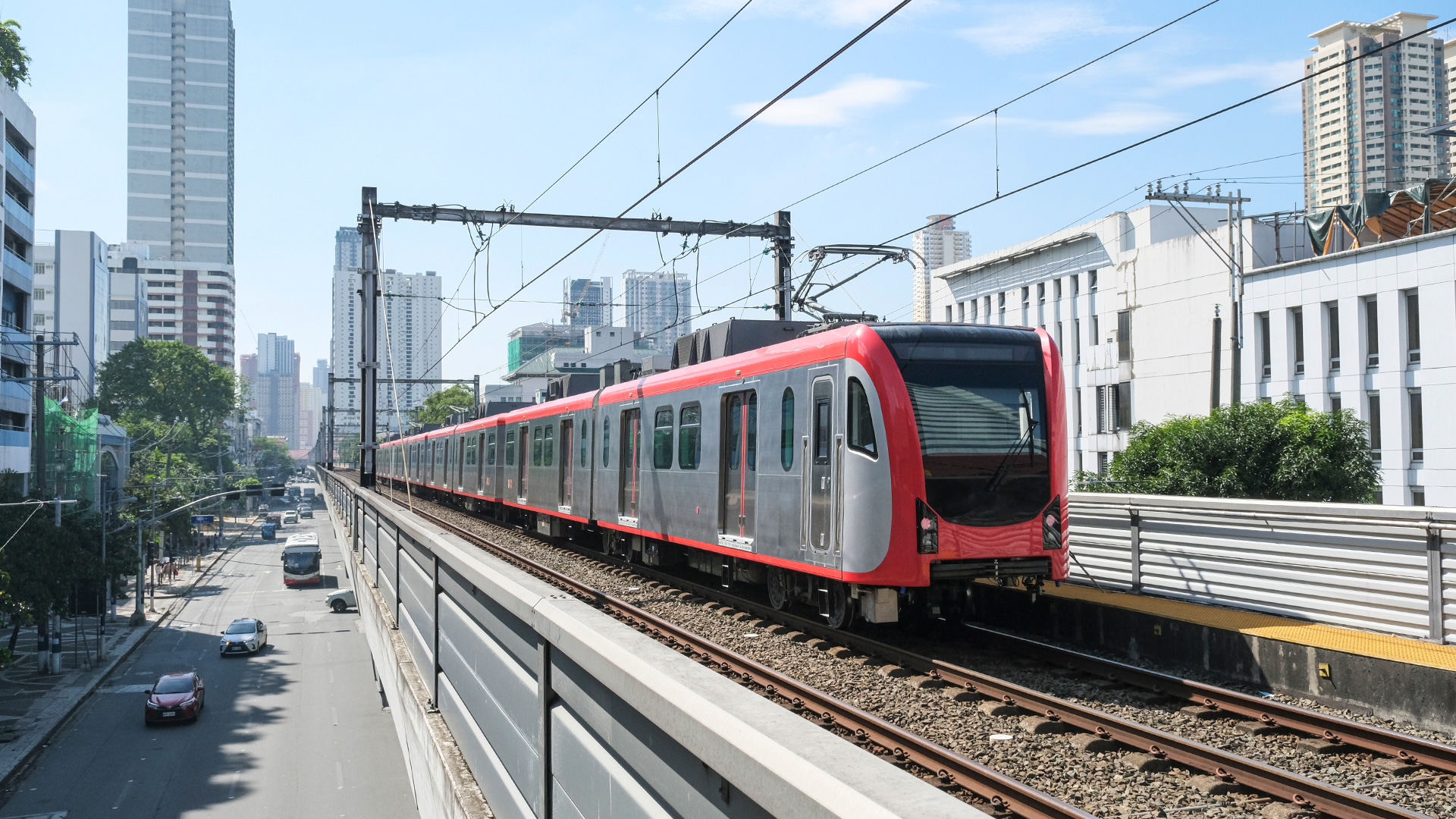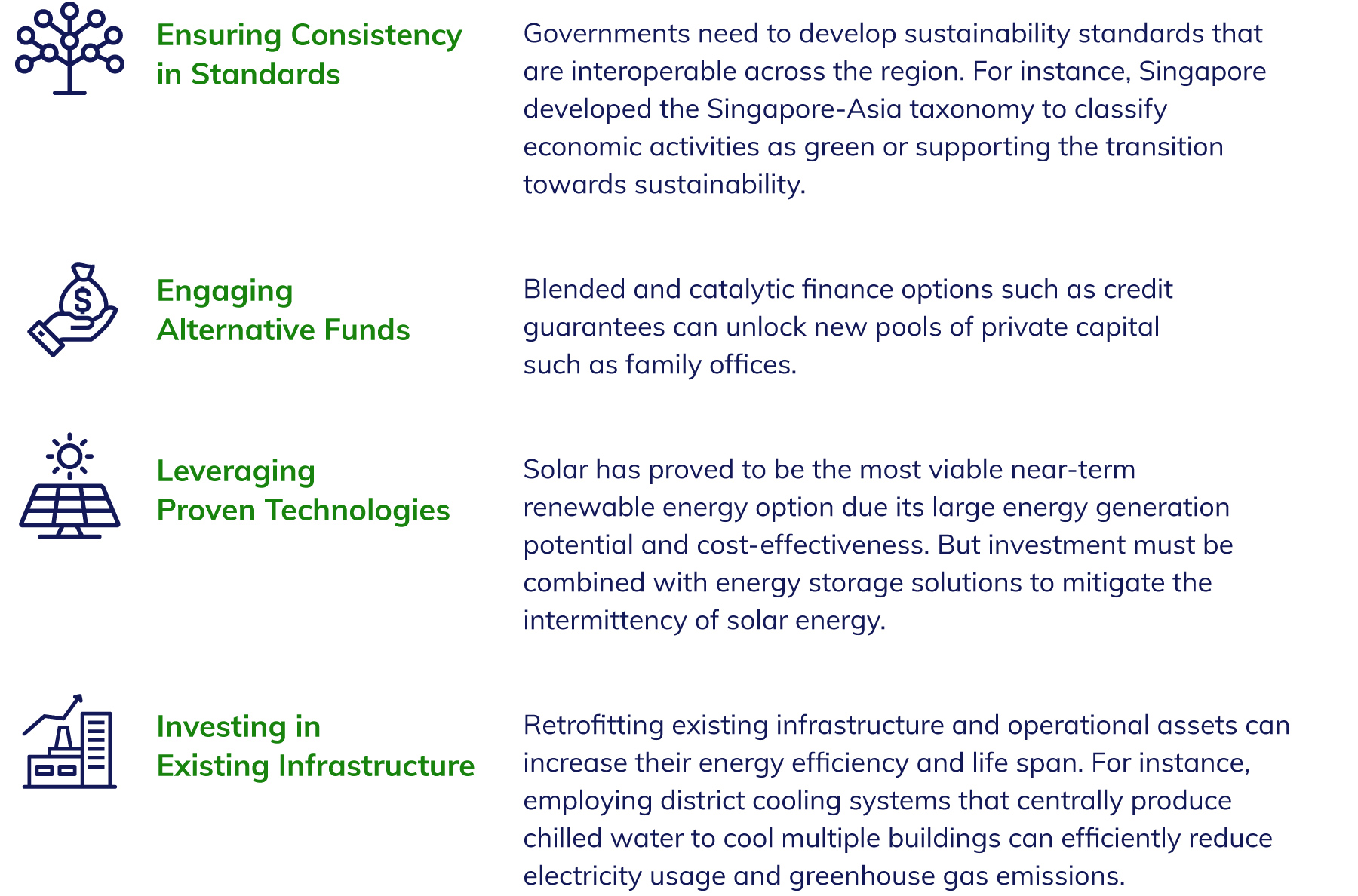Sustainable Infrastructure: Transforming Asia’s Journey
How strategic partnerships are critical to Asia’s green transition
Asia is expected to drive about 60% of global economic growth in 2024, yet it is failing to meet sustainable development targets, which could ultimately widen inequalities and exacerbate the impact of climate change.
At its current rate of progress, the region will not attain the 17 United Nations Sustainable Development Goals (SDGs) until 2062—32 years behind schedule, according to a new report from the UN’s Economic and Social Commission for Asia and the Pacific (ESCAP).
Infrastructure plays a crucial role in supporting Asia’s sustainable development efforts. Transport networks enable food to travel efficiently from farm to table, and power plants and distribution lines electrify millions of homes and businesses, while water treatment systems reduce disease and provide clean water to billions of people.
But sustainable infrastructure development in Asia needs to accelerate. The Asian Development Bank estimates that around US$1.7 trillion needs to be invested annually in infrastructure through 2030 for the region to maintain its economic growth, battle poverty, and mitigate climate risk.

Development Hurdles
There are several challenges to navigate. Asia’s cities are growing rapidly, and more than half of the world’s urban population, around 2.2 billion people, live in Asia. By 2050, they’ll be joined by an additional 1.2 billion people. This is placing an enormous economic, social, and environmental pressure on these cities, which is driving demand for new sustainable infrastructure, such as sanitation and clean energy systems, to support this growth.
A substantial gap exists between the investment necessary to create sustainable infrastructure and the funds that are available. This has created the need for innovative financing solutions and private sector involvement to bridge the gap.
The integration of sustainable infrastructure solutions, such as smart grids and renewable energy technologies, into existing infrastructure can also be complicated by technical, regulatory, and workforce-related barriers.
Collaboration Is Key
With a deep understanding of Asia’s diverse markets and a comprehensive ecosystem of developers, financing, and other professional services, Singapore established Infrastructure Asia—a project facilitation office set up in 2018 by Enterprise Singapore and the Monetary Authority of Singapore—to connect the right partners to address these challenges.
“Our unique mandate is to facilitate mutually beneficial partnerships between public agencies and the private sector to drive sustainable infrastructure development across Asia,” says Lavan Thiru, Executive Director of Infrastructure Asia.
“By bridging connections between demand (regional partners) and supply (Singapore-based infrastructure ecosystem players), we can create a pipeline of bankable infrastructure projects across the region.”

Where Infrastructure Is Moving the Needle
The need for effective collaboration is particularly critical in Southeast Asia – one of the world’s fastest growing regions – which aims to balance growth with a commitment to its green transition. The region’s countries are investing in sustainable infrastructure projects that have a major impact in the following areas:
Economic Growth: A 2020 report by Infrastructure Asia and Deloitte concluded that spending on infrastructure may be the best way for governments to stimulate their ailing economies, as it has a strong multiplier effect in terms of boosting economic activity and creating jobs. This means that the final impact it has on economic output is greater than the initial injection of investment.
Major cities across Southeast Asia are investing in more sustainable transportation to ease congestion, reduce pollution, and spur economic growth. Examples include electric mass transit networks such as the Jakarta Mass Rapid Transit (MRT) and Manila Light Rail Transit (LRTS) systems, which have improved accessibility to job markets, education, and healthcare.

Climate Resilience: The region is particularly prone to flooding amid rising sea levels. As a result, many coastal cities such as Bangkok have invested in comprehensive flood management infrastructure including extensive canal networks, water tunnels, and pumping stations to manage regular flooding.
Singapore is also adapting its infrastructure to combat other climate-related impacts, such as the “urban heat island effect,” a phenomenon where cities experience significantly warmer temperatures. This effort includes the development of smart buildings that use materials that reduce heat absorption and incorporate energy-efficient cooling systems.
Energy Efficiency: At the COP28 climate conference, a host of Asian countries, including Singapore, Malaysia, and Thailand, signed the Global Renewables and Energy Efficiency Pledge. This commits the signatories to the collective goal of tripling the world's installed renewable energy generation capacity to at least 11,000 gigawatts by 2030, and doubling the global average annual rate of energy efficiency improvements from 2% to more than 4% every year until 2030
Across Southeast Asia, countries including Indonesia and Vietnam are already expanding their renewable energy infrastructure, particularly solar, wind, and bioenergy, and microgrid solutions are being developed to increase energy resilience and efficiency in more remote areas. Singapore, meanwhile, has emerged as a clean energy hub and has invested heavily in research and development facilities such as the Solar Energy Research Institute of Singapore (SERIS), which are pivotal in the development of cutting-edge clean energy infrastructure.
Accelerating Action
Asia emits about half of the world’s global greenhouse gas emissions, which will intensify the impact of extreme weather on an already vulnerable region if the right policies are not put in place. This makes sustainable infrastructure more important than ever.
According to a report published last year by the Asia Sustainable Infrastructure Advisory (ASIA) Panel, unlocking and scaling infrastructure across Asia will depend on four factors:

“The active role of different countries, coupled with collective efforts within the region, will position Asia as a transformative force in the progress towards sustainable infrastructure development – and ultimately allow Asia to meet its sustainable development goals,” says Infrastructure Asia’s Thiru.
NB: Our second article in this series will follow Infrastructure Asia’s flagship event, Asia Infrastructure Forum (AIF), in Singapore on June 4-5. Held once every two years and co-organized with the Singapore Ministry of Finance, Enterprise Singapore, and the Monetary Authority of Singapore, AIF is the foremost platform for infrastructure players and thought leaders to discuss key issues such as the future state of infrastructure, sustainable financing, technological innovation, and collaboration.
